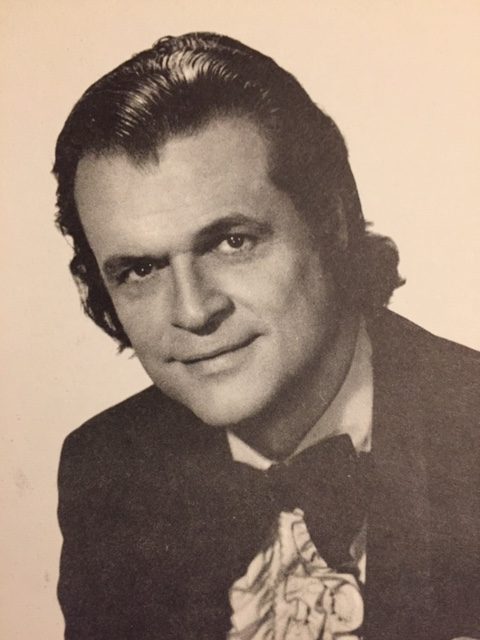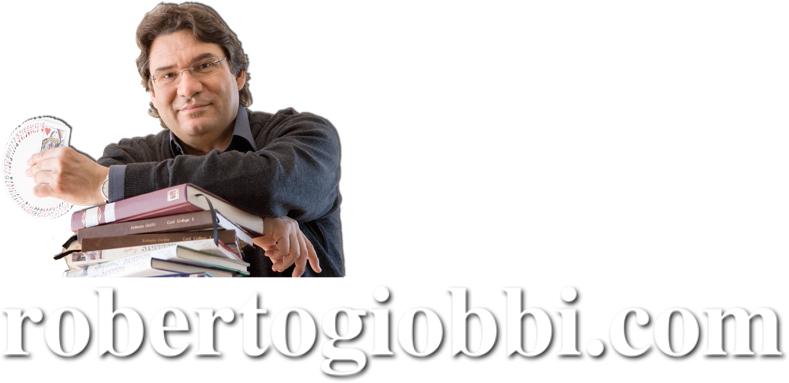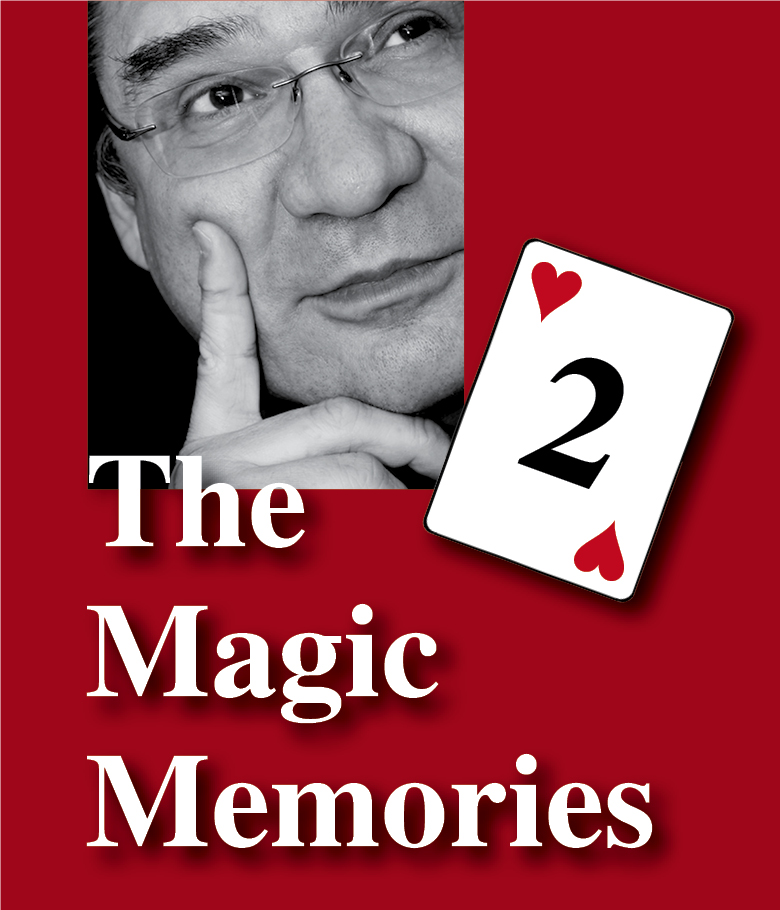
Today’s subjects are: José de la Torre’s Color Changing Routine; How to Study From Videos; Comments on the Horowitz Poker Deal.
Hello everyone!
These are The Magic Memories 71, gone online Sunday, May 8th, 2022, at 0:07h sharp.
In today’s edition of The Magic Memories and in the upcoming blogs I will make occasional references to different types of contents from Card College 3&4 – Personal Instruction, my latest video project.
However, in order to enjoy and learn from it, you do not need to have or purchase the product, all items being “self-contained”. I repeat and insist that it is not the purpose of these blogs to sell you anything, BUT since I’ve been quite prolific in treating the most diverse subjects related to magic (and life) in the past forty years plus (!), it is inevitable that I reference some of these works that elaborate on a subject I might only touch upon briefly in these blogs to keep them at a reasonable length, unlike this sentence, which is very long… not to be compared, though, with the one-sentence foreword I wrote for my book Confidences, now out of print, and accompanied by a one-line drawing by Gustavo Otero (more on him in The Magic Memories 72).
Color Change
In Lesson 34 of Card College 3&4 – Personal Instruction, that discusses “Color Changes” – or “Transformations”, a better term created by Erdnase in 1902 that somehow didn’t catch on – I mention José de la Torre’s Color Changing Routine.
For those who don’t have access to the lesson I will just mention that a Color Change, as pretty as it may be, is essentially meaningless if it doesn’t fulfill a higher order. It was Juan Tamariz, in one of our night-long sessions, who brought up the issue of why we should use a Color Change at all, and who argued that possibly the best use for a Color Change is to correct an apparent mistake, i.e., you find the wrong card, and then use your magical powers, in other words a Color Change, to amend the fault. I can only agree with that.
There are other examples of how to dramatize a Color Change and thus upgrade it from a mere puzzlement for the eye to an intelligent miracle. An example that comes to mind is Dai Vernon’s “The Peregrinating Pip”. To read the original article from Hugard’s & Braue’s Expert Card Technique CLICK HERE (the copyright of the 3rd edition from 1950 having now expired, the text is public domaine). It’s all there, no comment is necessary for those who understand, no comment will help for those who don’t.
However, occasionally I have seen a sequence of Color Changes so beautiful that they don’t seem too need a specific dramatic dressing to make sense and be appreciated, beauty being self-sufficient. One such example is José de la Torre’s Color Change Routine, which you can find in his book Real Magic (1978) and based on his very own Color Change, which has to be seen to be believed. The only drawback for normal mortals like you and me is that you need hands as big as a Brobdingnagian giant…

I had the good fortune of meeting and spending time with José when he came to one of the Jornadas Cartomagicas in San Lorenzo de El Escorial, the yearly gathering dedicated to the study of card magic, organized by the Escuela Magica de Madrid.
The subject of that year was, among others, “Color Changes”, of course. And he regaled us with the performance of his baffling Color Change, which he had choreographed into a lovely routine, a small act in itself. The proof that it was good is that I remember it to this day, whereas I have forgotten, well, a lot…
You can see José de la Torre at an informal gathering demonstrating it by CLICKING HERE.
BTW: In 1975 de la Torre translated and published for the first time in English Ascanio’s book on color changing knives, titled Ascanio’s World of Knives, but he heavily edited the text. If you are interested in the subject, may I suggest you pick up Jesus Etcheverry’s fourth volume of his Magic-of-Ascanio series, faithful to the original, titled Knives and Color Blindness. This was Ascanio’s very first book publication that in Spanish appeared in 1958, one year before I was born!
Addendum to How to Study From Videos
I’ve mentioned in several of my The Magic Memories how I would study from books and also from a video.
Briefly: The most important key on your remote control, if you are watching the vid on a TV-set, is the “Pause” key: Hit it whenever there is an interesting technique, trick, presentation, anecdote, subtlety, literary reference, quote, or theoretical concept, and then make a note in a paper or electronic notebook with the relative time code – it’s as easy and simple as that, it only requires time and dedication…
As an added help for those who do not already know: If you watch a video on your computer, instead of hitting the “Pause” key you can hit the space bar to freeze the image. Now use the left or right “Arrow or Cursor Key” to watch in slow-motion backward or forward. This is a fantastic function and the reason we have not put any slow-motion inserts into the Card College 3&4 – Personal Instruction videos: It is not necessary, as you can convert any sequence instantly into a slow-motion sequence with the space bar and the arrow keys!
Errata – The Horowitz Poker Deal
As an author of books I know about everything that can happen when you write, print and ship books.
As some of you might know, I have been self-publishing my original German books since 1987, when my first book CardPerfect appeared (this is only in German and had a run of 500 copies – in a recent search I saw it went for over $ 500, wow, I should have kept a few copies for myself).
For the foreign-language editions, though, I’ve always relied on partners who had the book translated, layouted, published and sold in their respective markets. Sharing Secrets is actually the first book I self-edited in English, and I will do this for any publication to come, if any…
But I was not ready for all the things that could happen with a major virtual product such as Card College 3&4 – Personal Instruction, with 22 hours and almost 20 GB admittedly a gigantic project, bigger than any of the video projects I had previously done with Leveridge/L&L, Hahne, Penguin, K52, or Vanishing Inc.
So, I know about typos in books – and there is no book on this planet that hasn’t some kind of typo or other mistake – but didn’t think this would be possible in a video. But of course we’ve already found one that must have crept in as one of the videos was encrypted for upload (who’s heard of such a thing before… not me).
So far only one customer has reported the error, which leads me to think that either nobody watches those videos, or that they are blind to errors (see the “Halo Effect” in Sharing Secrets), or that everyone is so polite as not to dare reporting it to me 🙂
Briefly: In “Lesson 40 – Stacking”, in the sequence where I perform the “Horowitz Poker Deal”, there are almost a dozen “clips” that last one to three seconds, and that should not be there. Mind you, everything is still absolutely intelligible, and the rest of the lesson is impeccable, but still, such small things bother me…
We have corrected this a few days after release, so if you bought Card College 3&4 – Personal Instruction after April 25th, you’re not concerned. If you were among the first to buy and download the files, the defective Lesson 40 has been replaced in your account and is now called “Lesson 40 – Stacking NEW”. So, if you go to your account on my webshop www.robertogiobbi.com, hit the link, you’ll see all the 27 MP4-files in one folder: Download the new Lesson 40, and delete your old one – done.
If you can’t do that or don’t want to do it, write me an email, and I’ll send you the download-link to that lesson.

For the benefit of everyone I’ve uploaded the performance of “The Horowitz Poker Deal” to my YouTube channel. It shows my interpretation of note #611 found in Dr. Jacob Daley’s Notebooks (Frank Csuri). To watch CLICK HERE.
Additional Comments to the “Horowitz Poker Deal”
As you will know by now I’m fond of Prologues and Epilogues (see Sharing Secrets, p. 88), and I truly think that every trick should have one.
I don’t stop repeating that such a Prologue does not need to be a story, it can be a short serious or witty remark (“What you are about to see is the fastest card trick in the world – shall I do it again?”), a short question (“Have you ever heard of triskaidekaphobia?”), a short quote (“Magicians and philosophers have one thing in common: They shake apparent securities”). Not only does a Prologue trigger the audience’s imagination, it automatically imbibes the trick with a dramatic plot.
In the case of the “Horowitz Poker Deal” the Prologue is admittedly lengthy. I’ve done this on purpose to make this a subject of discussion for two questions.
First, it addresses the question of what a good and a bad trick is. For one of the foremost problems for any performer is not only to be able to distinguish between the two, which is hard enough, but also to know on which occasion to perform a good trick, once it has been recognized as such. Many years of professional experience have proven to me that there is virtually no good trick that is good in every situation, in front of every type of audience.
This makes it already three questions. What is a good trick, on what occasion should it be performed, and before what type of audience? This alone shows how complex magic is, and why it is so difficult.
With the “Horowitz Poker Deal” it clearly is a formal performance piece that not only requires a sufficiently large area on the table, but also an attentive and interested audience. Once you have that, you have a phenomenal trick that a lay audience will comment on for years to come as I’m sure 98% of a lay public has never seen a “Cheating Demonstration” with a magical punchline like this one before.
Second, this extended introduction not only makes up the dramatic construction of the piece, it also introduces pieces of information about gambling that your audience has very probably not been aware of, and it also sets magic in a cultural context, showing that magic is indeed an expression of its time and of a social sub-culture.
If you watch the intro again, you’ll notice that this is by no means “academic” but done in a light-hearted way, with the catalogues and the quotes providing authenticity.
I’ve said it before, and will repeat it here: I believe that it enhances the magical experience of an audience if they are not only led to astonishment, but also if we feed them with information about magic and how it stands in a larger context. People will go home not only “entertained” by the surprises, the wonderments and the laughs, but also with something they did not know.
In the foreword to Stand-up Card Magic I maintain that a good book is one that leaves the reader with more insight and more knowledge than before. Analogously, a good performer is one that bestowes upon his or her audience a larger and richer view about magic that it did not have before.
Now, you may like or dislike my way of doing it in the “Horowitz Poker Deal”, that’s irrelevant, but I believe you should ask the question and come up with an answer. I’m convinced that for most this will elevate their magic to the next level.
Wish you a prosperous week, and look forward to meeting you again next Sunday, always at 0:07 sharp!
Roberto Giobbi
PS: If you like this blog and my work, please tell your friends, and send them to my website. Also, if you like Card College 3&4 – Personal Instruction, mention it on the forums: I’m not much of a self-promoter, so really appreciate all the help I can get from your word-of-mouth recommendation. Thank you!


I am reading Hidden Agenda and noticed April 29 is missing. Have you posted the entry for that day anywhere? Thanks, Tom
To compensate for the missing 29th April you have the day for the leap year, 29th February – use it as a Joker 🙂